Great Advice From CJ Lyons
EXCELLENT advice from the wonderful writer of “Thrillers With a Heart,” CJ Lyons, who advises authors to:
1) Write a great book
2) Wait for your readers to find the book
3) Repeat Continue reading
EXCELLENT advice from the wonderful writer of “Thrillers With a Heart,” CJ Lyons, who advises authors to:
1) Write a great book
2) Wait for your readers to find the book
3) Repeat Continue reading
![Pageflex Persona [document: PRS0000443_00055]](http://katrinarasbold.com/writing/wp-content/uploads/2014/07/sm-372x230.jpg)
The process of creating a print cover is different from making an ebook cover because you have to create not only a front, but also a spine and a back for the cover. Imagine if you laid out a CD cover flat and you will have an idea of how the final product will look. This will be created as one file. Continue reading
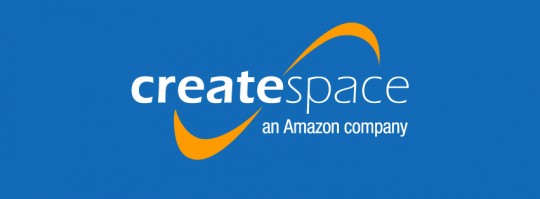
To publish print books through Createspace.com, you will first need to set up a Createspace account. Once established, the Createspace dashboard will be your portal for uploading your books to go into print and editing existing books. It is also where you will check your sales and run royalty reports for specific time periods. Continue reading

Once you have completed your cover and zipped up your manuscript files, it is time to take a deep breath and get that sucker uploaded. Continue reading
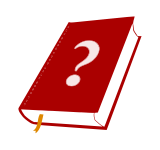
How long should my book be?
Of course, that depends on how long it takes you to tell the story or deliver your message. The standard for ebooks tends to be a minimum of 10,000 words, which would be the lower end ebook quick reads. For print books, they should ideally be 300 pages or more. Continue reading
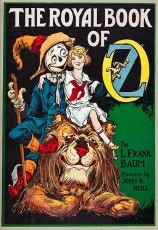
You want to create an eye-catching cover that aptly reflects the content of your book. In a world where there is “nothing new under the sun,” it can be a challenge to come up with a book cover that is innovative and interesting, especially when people will often see only a thumbnail sized version of it when they peruse Kindle’s category selections. Here are some guidelines for creating your cover: Continue reading
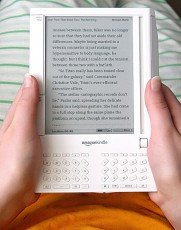
In the past, this would be the point where you would print out a copy of your manuscript on high quality paper or, in later years, save it to a rich text document and begin shopping it around to publishers. Each one would take their own sweet time getting to it and each one would want exclusivity and would get uppity if you submitted to other publishers during their review and evaluation period. Continue reading
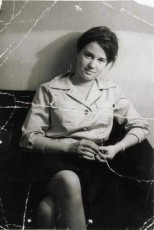
Often, you may wish to use photos or graphics to illustrate your book. For a print book, your photos will need to be a minimum resolution of 300dpi or the illustration will be pixilated and fuzzy in print. You will need to use a quality photo-editing program to increase the resolution depth if the photo is less than 300dpi. This is not about the physical size of the photo, but is instead how close together the pixels are that create the image. This is likely one of the most challenging parts of self-publishing for the novice. I highly recommend seeking a crash course from someone you know who is adept at photo editing if you do not feel confident working on the images yourself. Continue reading
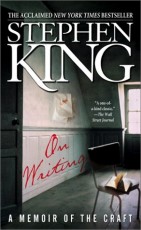
It may not seem like it when you first think about the idea of publishing your own book, but you are at poised on the brink of a revolution. Never before has it been easier to become a fully published author. Continue reading

The beauty of self-publishing is that beyond your standard software, there is almost no overhead to publishing. At any point of the process, there are people who are perfectly willing to take your money to do what you can do yourself with a lot of patience and persistence. It takes time and there is a learning curve, but with a rudimentary knowledge of word and graphic processing, you can do it all yourself. Here are the basic programs and tools you will need: Continue reading